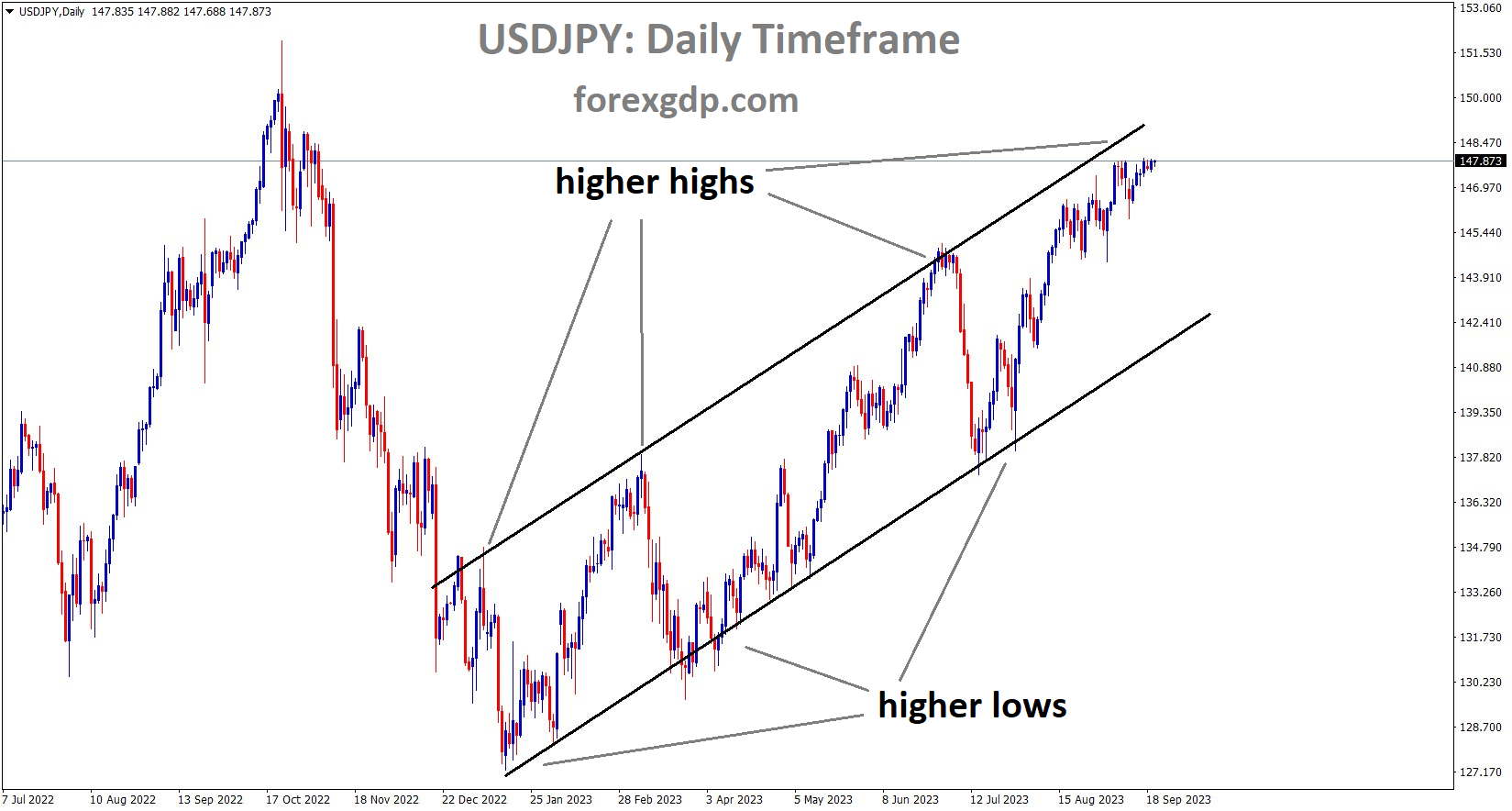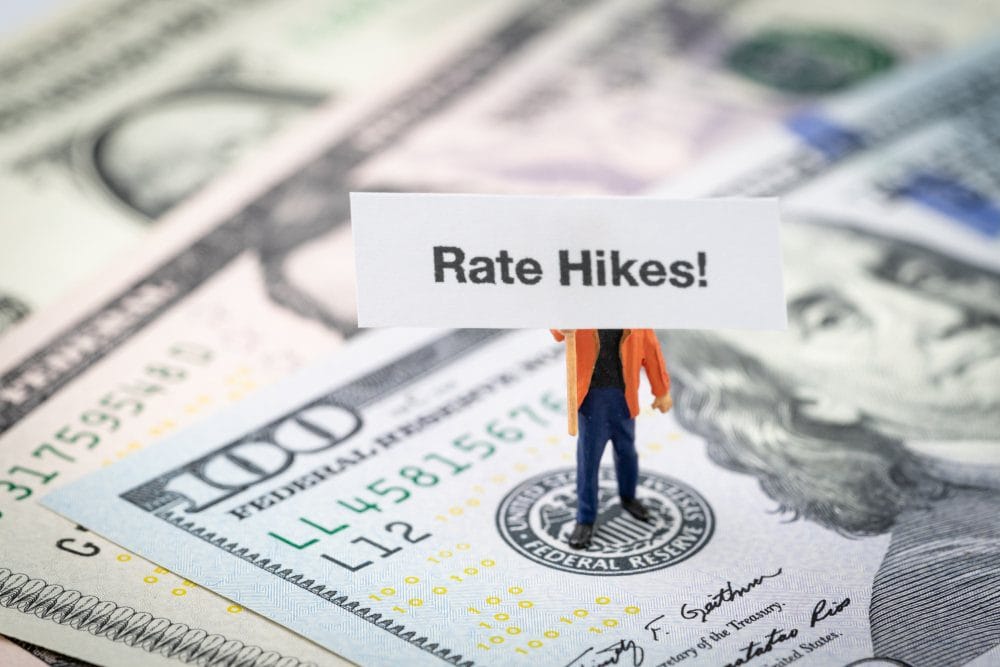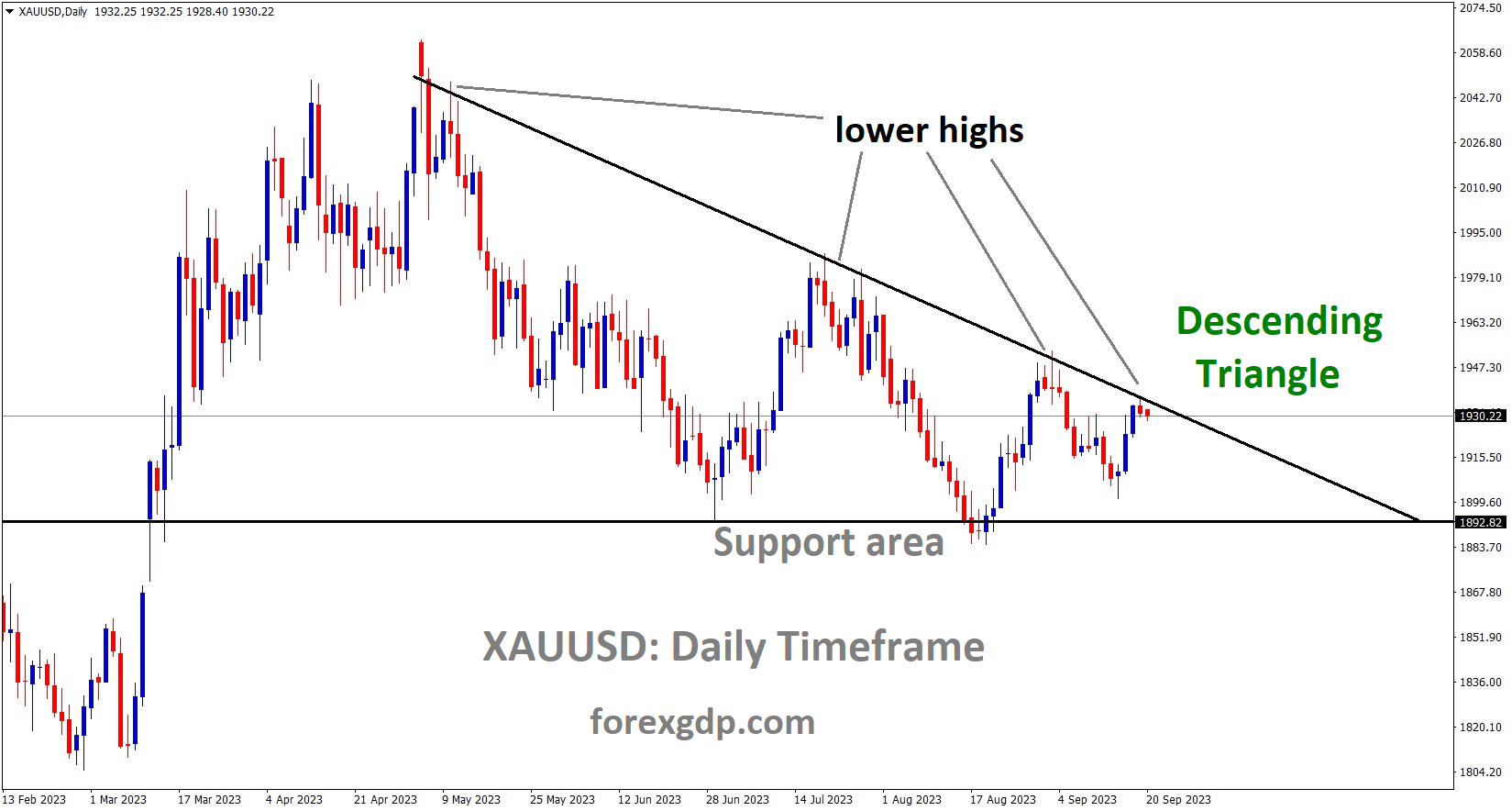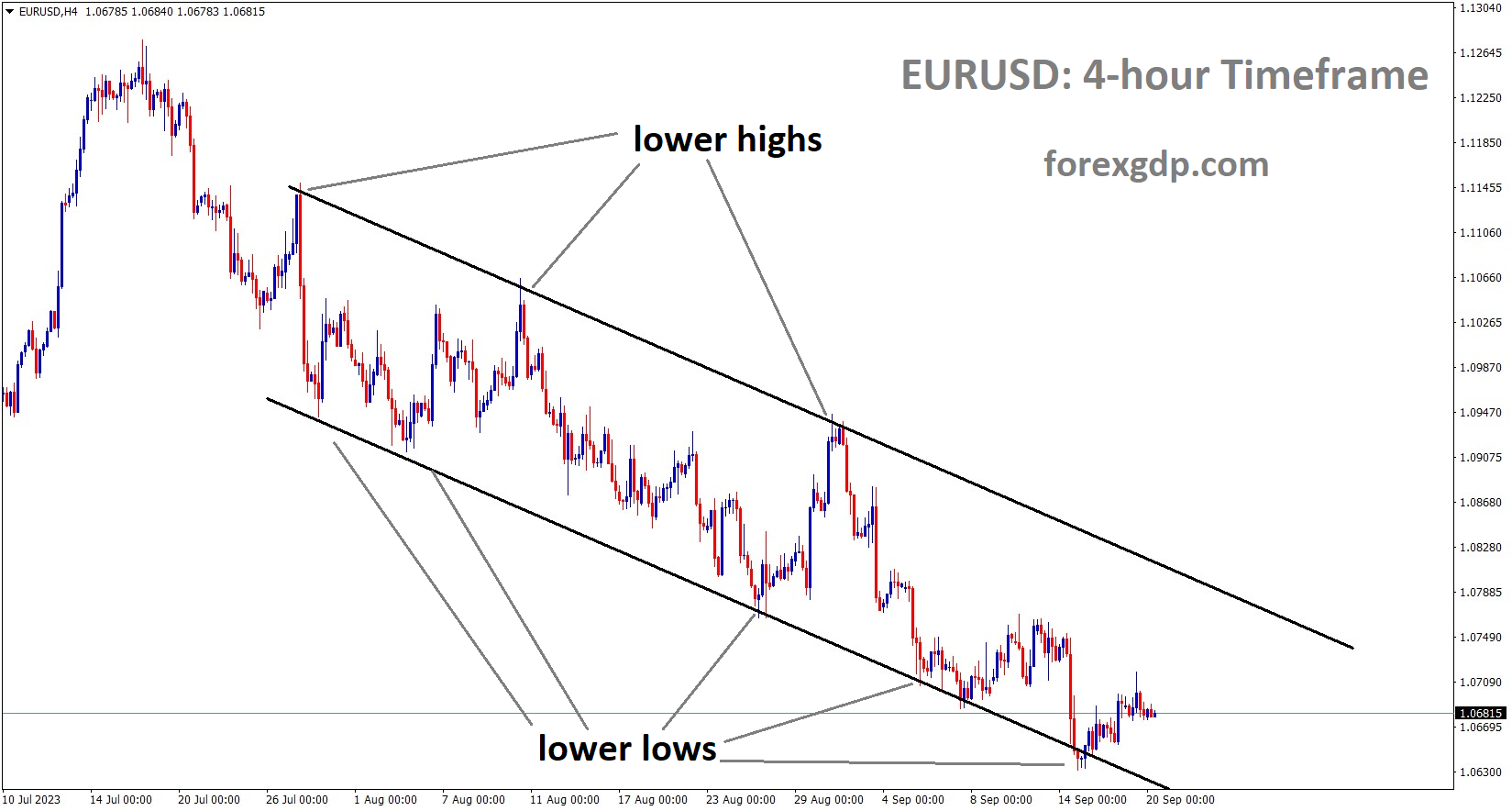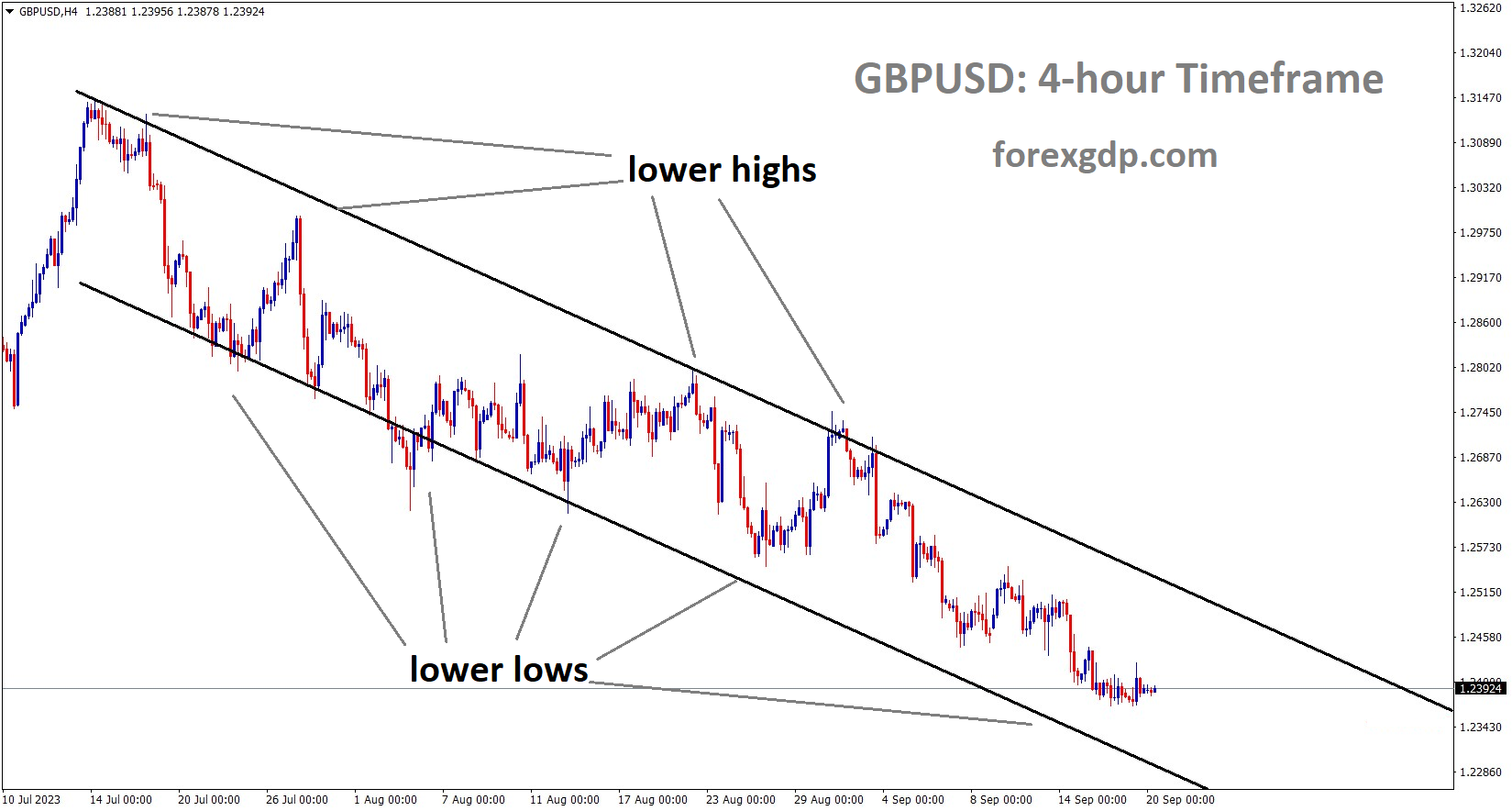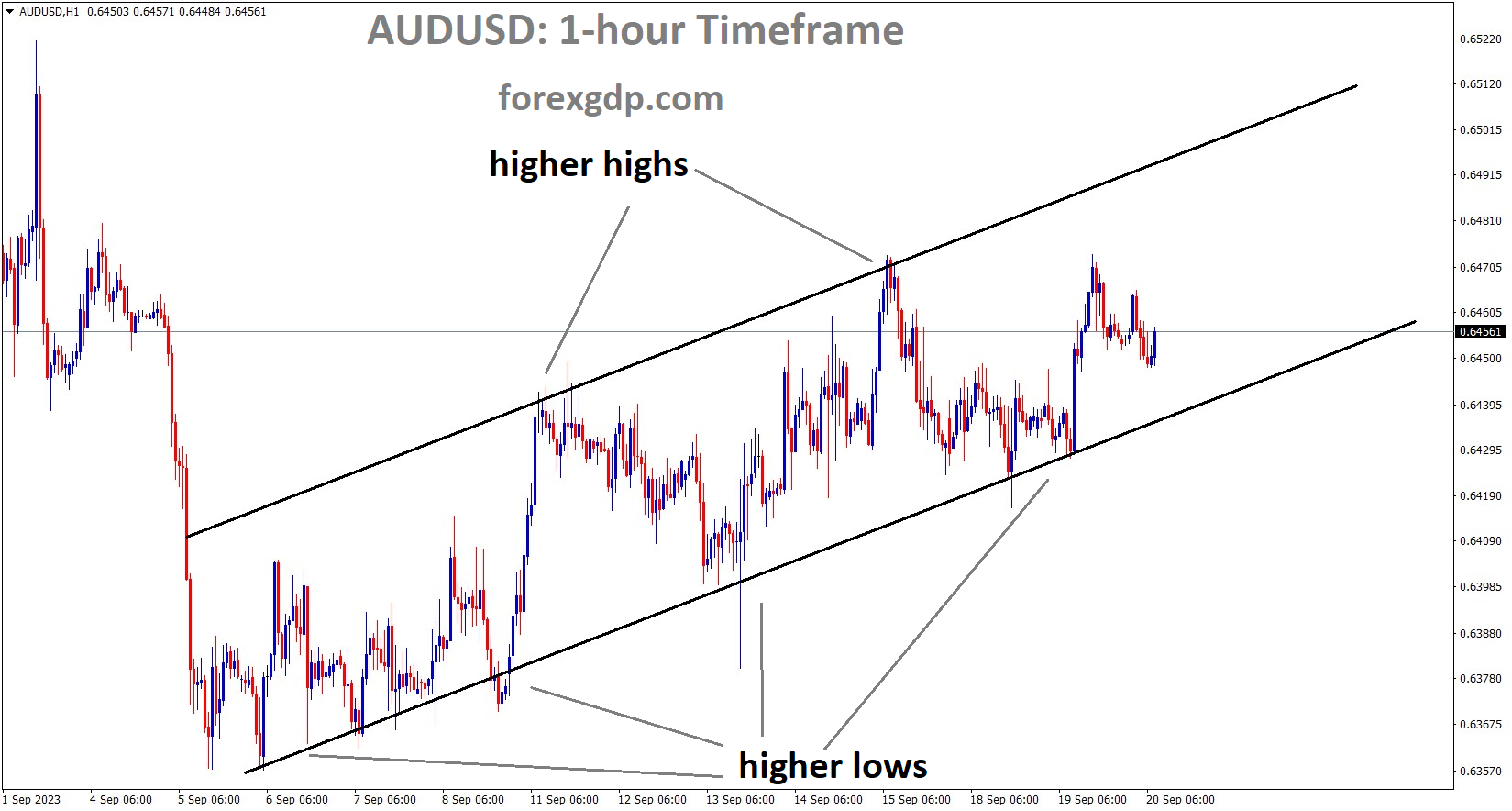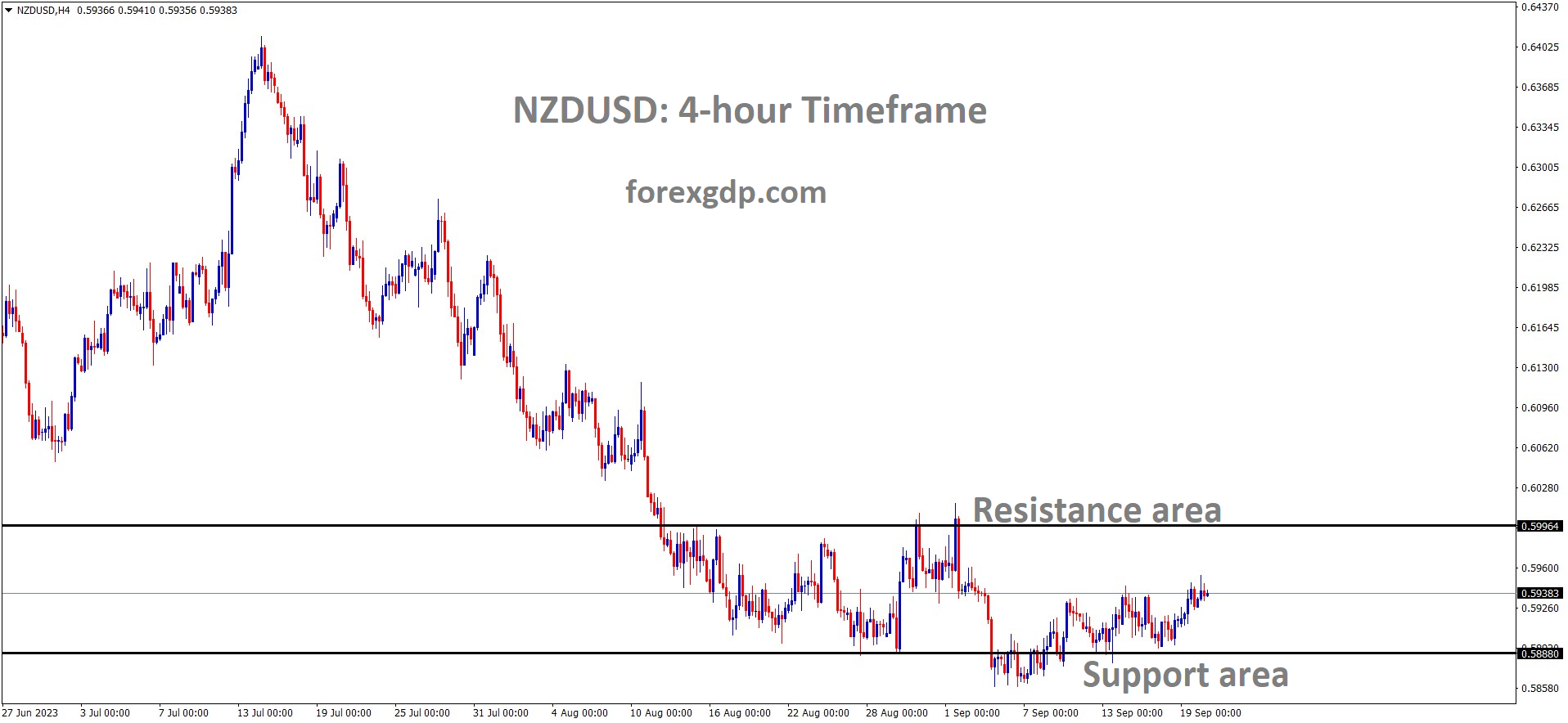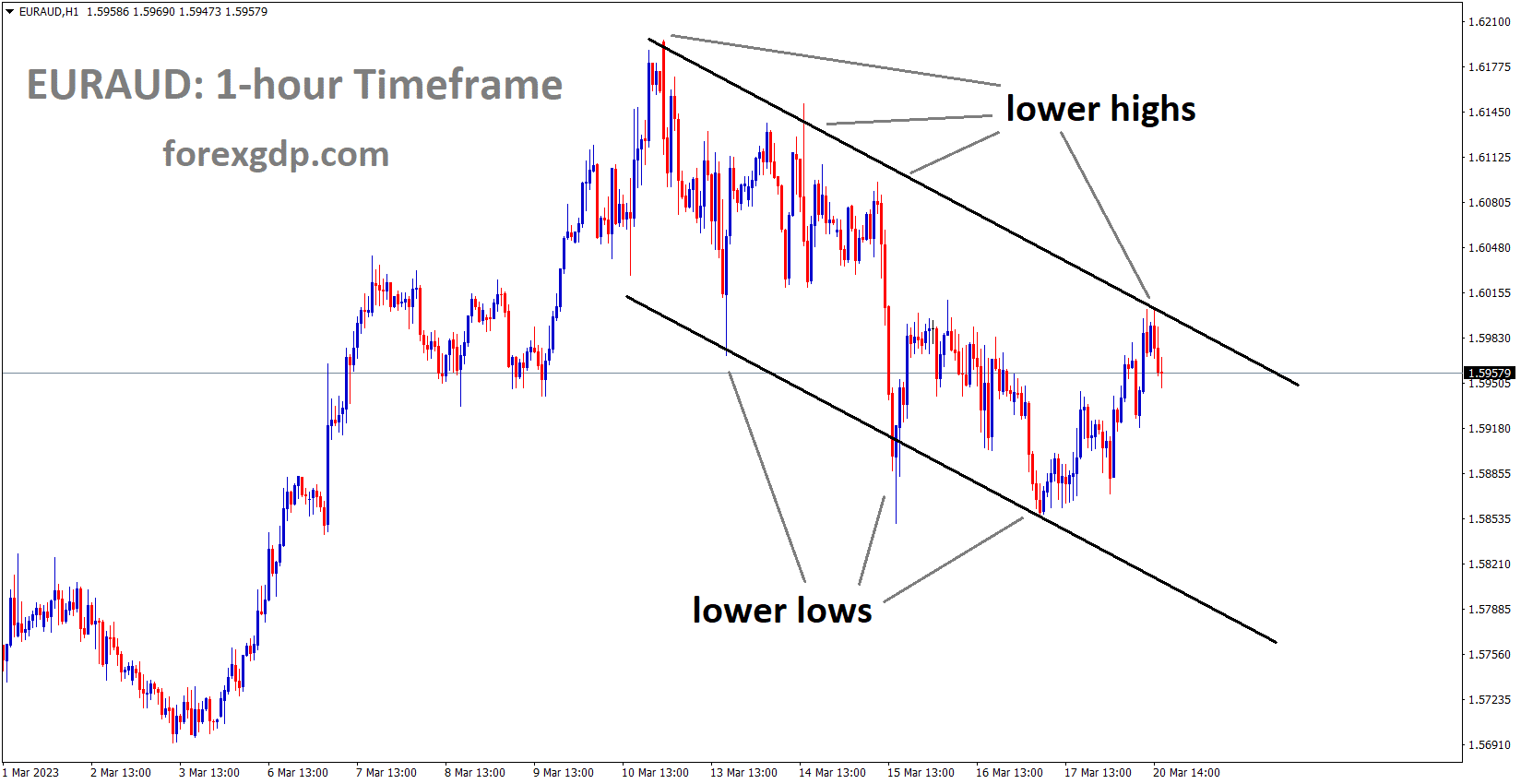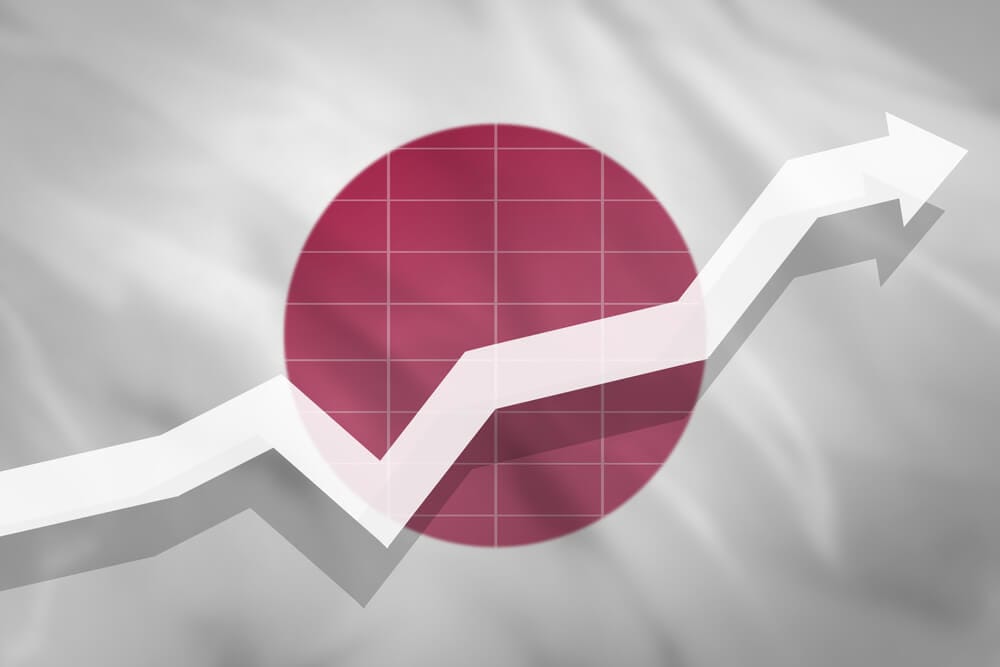USDJPY is moving in an Ascending channel and the market has reached the higher high area of the channel
FED is expected to keep rates unchanged this week due to soft landing of CPI inflation in US is focusing.
In a world where economic dynamics are constantly changing, the Federal Reserve’s role in shaping monetary policy is of paramount importance. The central bank closely monitors economic indicators, financial markets, and global events to make decisions that influence interest rates, inflation, and ultimately, the overall health of the U.S. economy.
An Upbeat Economic Landscape: Faster Growth, Tamed Inflation, and a Resilient Job Market
The stage is set for the Federal Reserve’s updated forecasts, which are expected to reflect growing confidence in the prospect of an economic soft-landing. Key factors contributing to this optimism include faster economic growth, controlled inflation, and a robust job market. The latest data has consistently surprised on the upside since the Fed’s previous meeting in June. This positive economic momentum necessitates a reevaluation of previous forecasts, which had predicted sluggish growth, rising unemployment, and only modest improvements in inflation.
Matthew Luzzetti, an economist at Deutsche Bank, suggests that while the improved economic outlook may not lead to an immediate rate hike, it serves as a signal and risk management strategy. Most financial experts and economists believe that the Fed will maintain short-term interest rates within the current 5.25%-5.50% range at the upcoming September meeting. However, the main point of interest is how policymakers will adjust their forecasts to align with the brighter economic picture.
Holding the Line: Rate Hike Dilemma – One More Rate Hike Looms Despite Doubts
Despite the generally positive economic indicators, the Federal Reserve keeps one more rate hike on the table. This decision sparks speculation and discussion among economists and market analysts. The consensus is that Fed policymakers are unlikely to proceed with further rate hikes in the near term, although they may not explicitly rule out the possibility.
Deutsche Bank’s Matthew Luzzetti emphasizes the importance of maintaining flexibility and optionality. Policymakers aim to signal their willingness to act if necessary while avoiding any drastic changes that could significantly impact financial conditions. The decision hinges on factors such as the possibility of inflationary pressures resurging later in the year, even if it is not the base-case scenario at present.
The majority of Fed policymakers are expected to project a year-end policy rate of 5.6%, just a quarter point above the current level. However, some economists, including Tim Duy of SGH Macro Advisors, believe that economic circumstances might force the Fed to raise rates again later in the year. This view is seen as a form of “cheap insurance” rather than a highly likely outcome. Duy also anticipates that the Fed will signal a longer period of higher rates, forecasting just two rate cuts next year compared to the four projected in the Fed’s June economic summary.
Gold Prices in Limbo – Gold’s Struggle Amidst Rate Hike Speculation
XAUUSD is moving in the Descending triangle pattern and the market has reached the lower high area of the pattern
Gold prices have remained within a relatively narrow range, with fluctuations between $1,880 and $1,930 per ounce. The stability in gold prices is attributed to the strength of the U.S. dollar, which has reached a six-month high. Market participants anticipate the possibility of an interest rate hike during the upcoming Federal Reserve meeting, which could introduce more volatility into the precious metal market.
Sugandha Sachdeva, Executive Director & Chief Strategist at Acme Investment Advisors, points out that one of the key factors pressuring gold prices is the belief that the U.S. Federal Reserve might implement another rate hike by year-end. This sentiment is driven by robust macroeconomic data that paints a positive picture of the U.S. economy. Despite this sentiment, the prevailing market consensus suggests that the Fed is likely to maintain current interest rates during the upcoming policy meeting.
Experts advise gold traders and investors to remain vigilant about the outcome of the Fed meeting. Gold prices have managed to hold above crucial support levels, and if this support continues to hold, prices are expected to gradually rise.
Inflation and Interest Rate Dynamics – The Complex Relationship Between Inflation and Rates
Inflation remains a central concern for the Federal Reserve. The personal consumption expenditures price index, which measures inflation, peaked at 7% last summer before declining to 3.3% in July. This figure is only slightly higher than the 3.2% rate the Fed had anticipated for the end of the year. However, there is a possibility that progress toward the Fed’s 2% inflation goal could slow in the coming year, which may result in fewer interest rate cuts.
The Fed’s June projections anticipated inflation reaching 2.1% by the end of 2025, and the upcoming projections will likely include a snapshot for 2026. Cleveland Fed President Loretta Mester emphasized the importance of achieving the 2% inflation goal by the end of 2025. This commitment could potentially delay any rate cuts, as the Fed closely monitors inflationary pressures.
Nationwide’s Kathy Bostjancic highlights the critical role that inflation plays in shaping the Fed’s decisions. While there has been an overall deceleration in inflation and wage growth, they remain at levels that could prompt cautious guidance from the Fed.
The Powell Factor: Fed Chair’s Influence – Jerome Powell’s Leadership and Its Impact on the Federal Reserve
Federal Reserve Chair Jerome Powell’s leadership plays a crucial role in shaping monetary policy. Powell’s comments and actions are closely scrutinized by financial markets, economists, and investors for clues about the central bank’s stance on interest rates and inflation.
EURUSD is moving in the Descending channel and the market has rebounded from the lower low area of the channel
Powell has previously indicated a willingness to pause rate hikes while remaining vigilant about inflation trends. During the upcoming Fed meeting, Powell is expected to reiterate the central bank’s commitment to bringing inflation back down to its 2% target. However, he may also signal that further tightening may be necessary, contingent on economic data.
The central bank’s communication and guidance regarding future rate hikes are essential in providing clarity to financial markets and shaping expectations for borrowers and investors alike.
Market Sentiments and the Fed’s Balancing Act – Investor Sentiments and the Fed’s Policy Challenges
The Federal Reserve’s policy decisions and the accompanying guidance significantly influence investor sentiments and market dynamics. The central bank’s actions impact various asset classes, including stocks, bonds, and currencies. As the Fed navigates its policy choices, it must strike a delicate balance to avoid causing undue disruptions to financial markets while achieving its objectives.
GBPUSD is moving in the Descending channel and the market has reached the lower low area of the channel
The Fed’s approach to interest rates, inflation, and the overall economic outlook affects how investors allocate their resources and make investment decisions. Clarity and transparency in the Fed’s communication are crucial to prevent market volatility and ensure a stable economic environment.
The Road Ahead: Fed’s Policy and Economic Outlook – Forecasting the Federal Reserve’s Path Forward
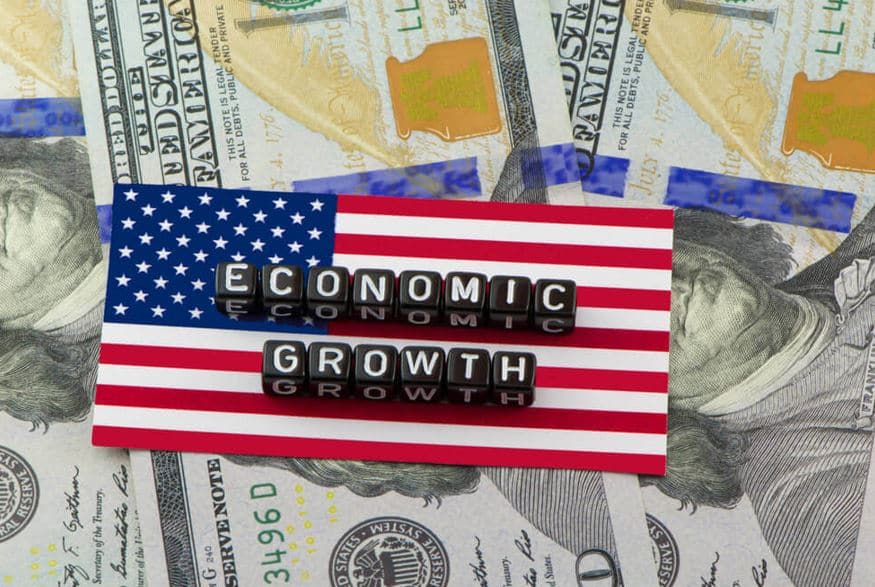
As the Federal Reserve continues to monitor economic developments and assess its policy stance, economists and market experts provide insights into the potential trajectory of monetary policy. The central bank faces the challenge of managing economic growth, inflation, and employment while maintaining financial stability.
The consensus among economists is that the Fed will likely maintain current interest rates during the upcoming meeting. However, the central bank’s guidance regarding future rate hikes and inflation expectations will be closely watched.
Looking Beyond: The Federal Reserve’s Long-Term Projections – Peering into the Crystal Ball: The Federal Reserve’s Vision for 2026 and Beyond
The Federal Reserve’s long-term projections extend beyond the immediate horizon. Economists and policymakers make forecasts for several years into the future, providing a glimpse of their vision for the economy. These projections encompass economic growth, inflation, and interest rates.
AUDUSD is moving in an Ascending channel and the market has rebounded from the higher low area of the channel
The central bank’s long-term forecasts serve as a guide for its policy decisions, as it aims to achieve its dual mandate of price stability and maximum employment. Additionally, these forecasts influence the expectations of businesses, investors, and consumers, shaping their economic decisions.
The Inflation Conundrum: Inflationary Pressures and Their Ramifications
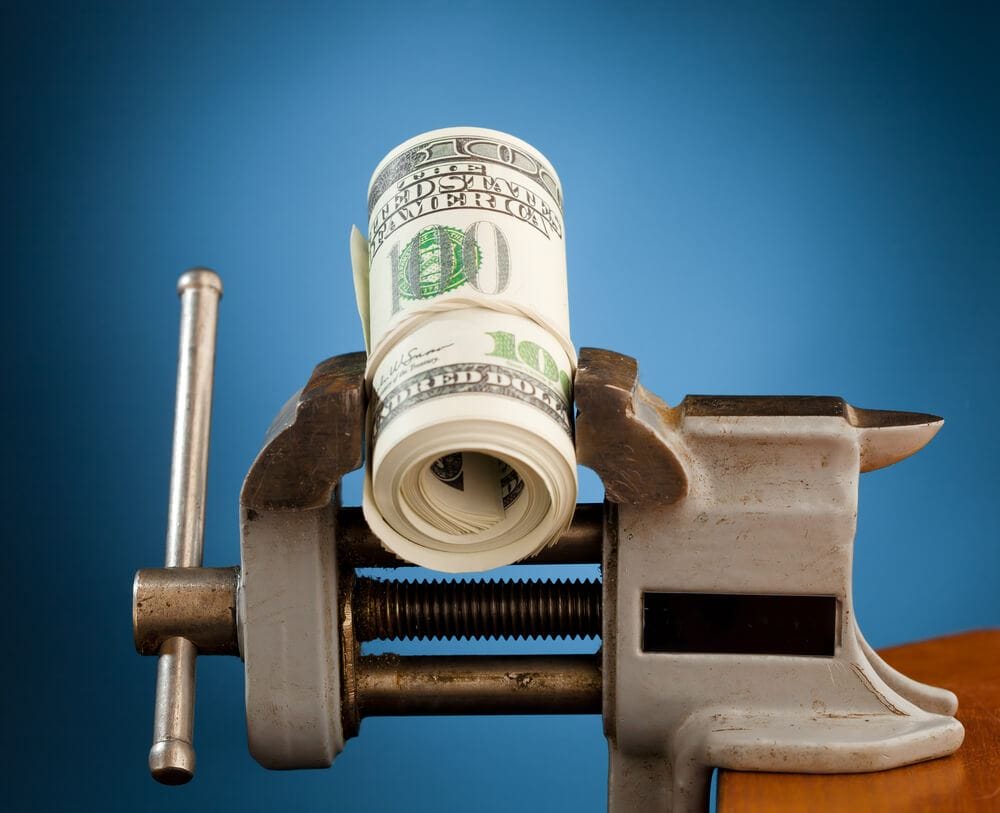
Inflation remains a central challenge for the Federal Reserve. Recent data has shown an uptick in inflation, with the consumer price index rising by 0.6% in the last month. The annualized CPI rate reached 3.7%, exceeding expectations and indicating persistent inflationary pressures.
The Fed’s commitment to maintaining its 2% inflation target is paramount. Policymakers must carefully assess the impact of inflation on the economy and decide on the appropriate course of action. The potential for further inflationary spikes, particularly due to rising energy prices, presents a significant concern.
The Trump Effect on Monetary Policy: Donald Trump’s Impact on Interest Rates and Inflation
Former President Donald Trump’s influence on monetary policy during his tenure continues to shape discussions about the Federal Reserve. Trump frequently voiced his opinions on interest rates, sometimes applying pressure on the central bank to lower rates to stimulate economic growth.
NZDUSD is moving in the Box pattern and the market has rebounded from the support area of the pattern
Trump’s interactions with the Federal Reserve Chair, Jerome Powell, led to public disputes and raised questions about the central bank’s independence. Trump’s approach to interest rates and inflation had a notable impact on the Fed’s decisions during his presidency.
The Outlook Beyond 2026: Peering into the Federal Reserve’s Vision for the Future
The Federal Reserve’s long-term outlook extends beyond the immediate horizon, with forecasts that stretch into the mid-2020s. These projections provide a glimpse into the central bank’s expectations for economic growth, inflation, and interest rates over the coming years.
As the Federal Reserve navigates its policy decisions, it must consider the long-term implications of its actions on the broader economy. These forecasts serve as a roadmap for policymakers as they strive to maintain economic stability and achieve their dual mandate.
Don’t trade all the time, trade forex only at the confirmed trade setups.
Get more confirmed trade setups here: forexgdp.com/buy/

